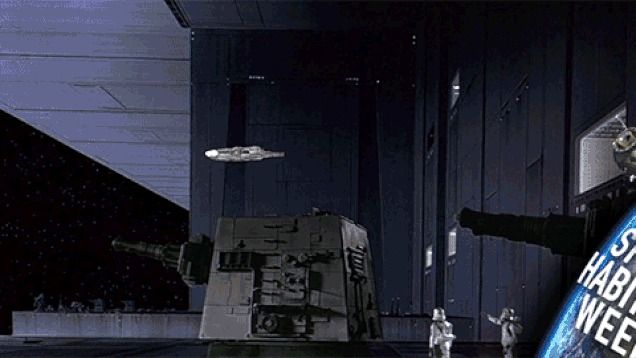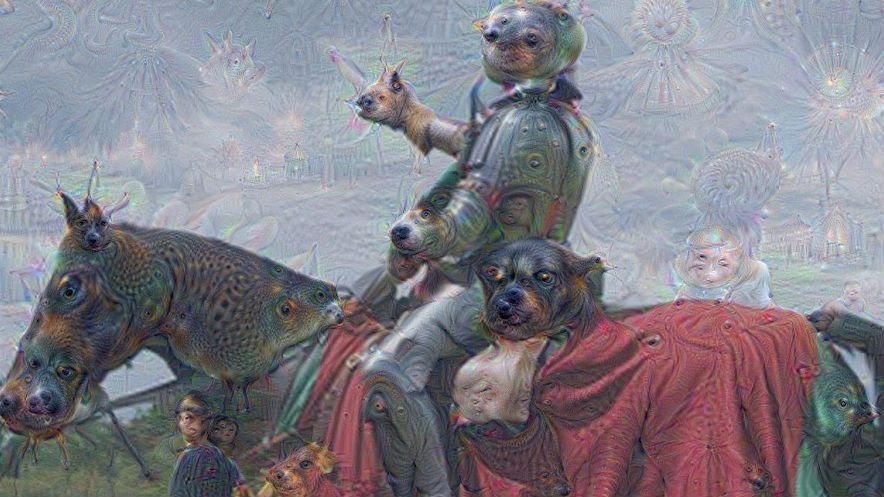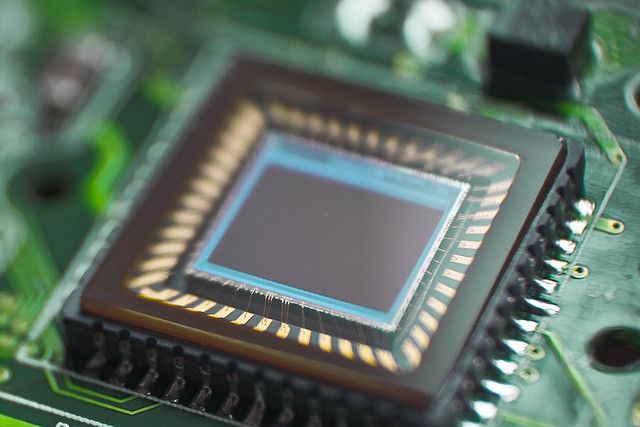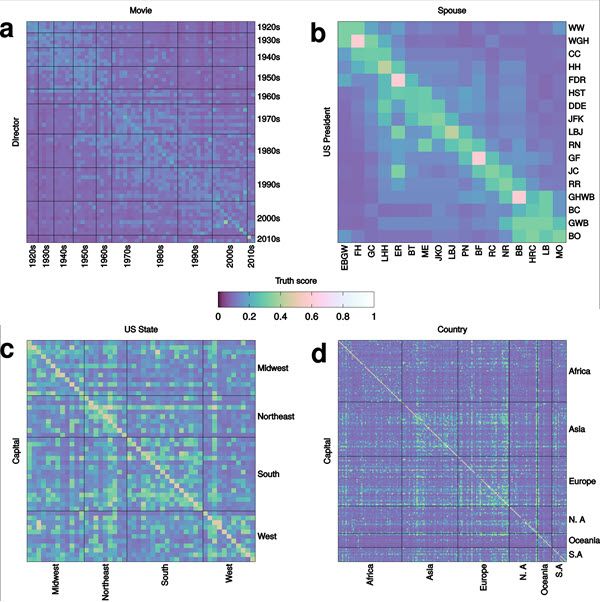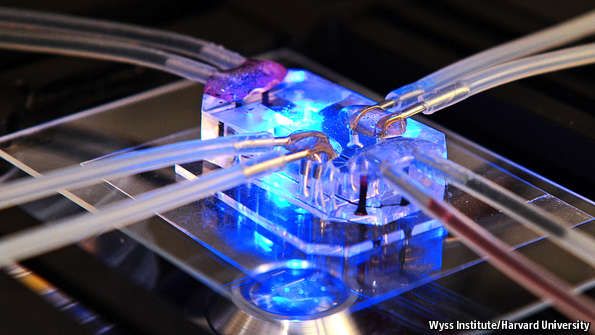
“BFI is thrilled to announce the launch of our web-based Dymaxion Reading Group; participants will discuss text about, by, or related to Buckminster Fuller, facilitated by experts and guests from our network. … We are launching the program with Operating Manual for Spaceship Earth, gathering for discussions online starting the first week in July as part of the ongoing celebration of the anniversary of Bucky’s 120th birthday.
Initially published in 1969, and one of Buckminster Fuller’s most popular works, Operating Manual for Spaceship Earth is a brilliant synthesis of his world view and a great introduction to his ideas. In this volume, Fuller investigates the great challenges facing humanity, and the principles for avoiding extinction and “exercising our option to make it.” How will humanity survive? How does automation influence individualization? How can we utilize our resources more effectively to realize our potential to end poverty in this generation? He questions the concept of specialization, calls for a design revolution of innovation, and offers advice on how to guide “spaceship earth” toward a sustainable future.”
Read more
